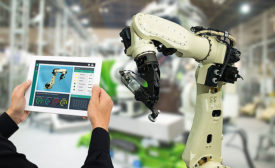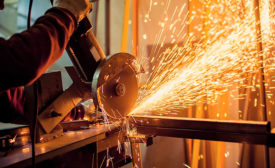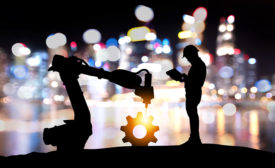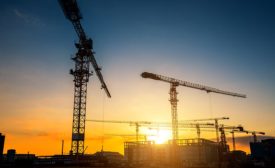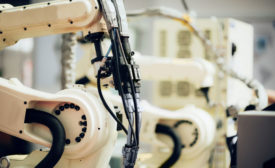Home » Keywords: » manufacturing trends
Items Tagged with 'manufacturing trends'
ARTICLES
Cover story
The factory of the future is now
Smart technology, the Internet of Things and robotics are changing manufacturing operations
November 6, 2020
Shield against debris
LED lighting, design modularity heighten operator protection
October 28, 2020
Artificial intelligence will be a huge competitive asset
What you need to know about the “Smart” factory
August 1, 2019
Become a Leader in Safety Culture
Build your knowledge with ISHN, covering key safety, health and industrial hygiene news, products, and trends.
JOIN TODAYCopyright ©2024. All Rights Reserved BNP Media.
Design, CMS, Hosting & Web Development :: ePublishing


